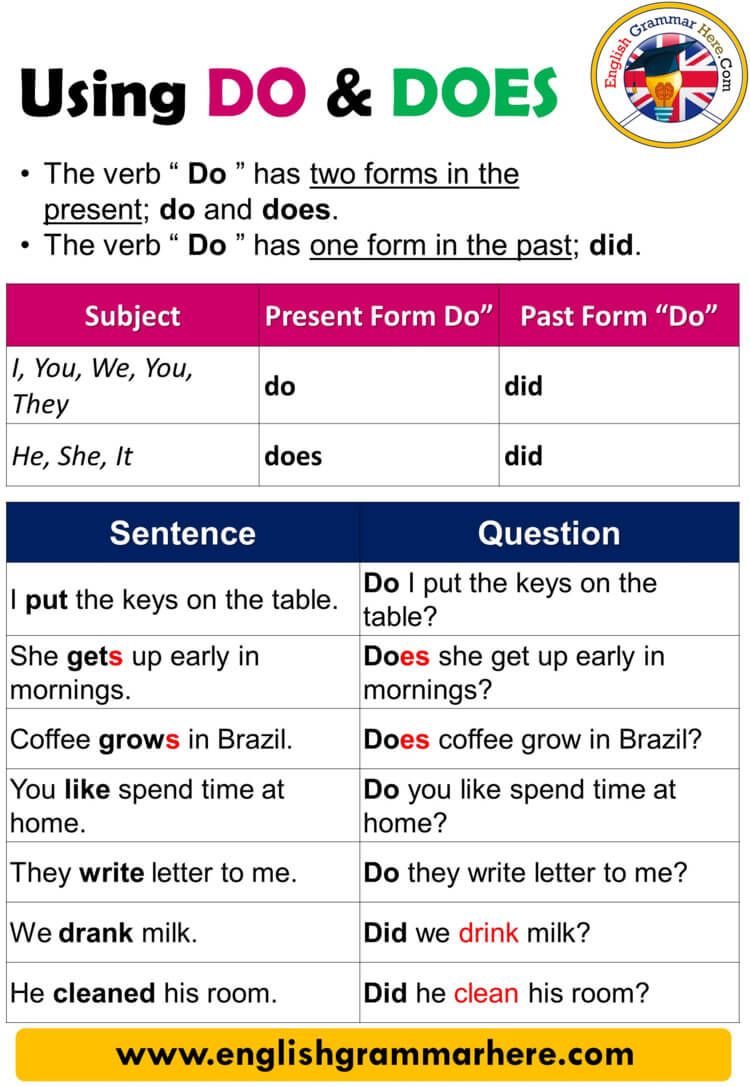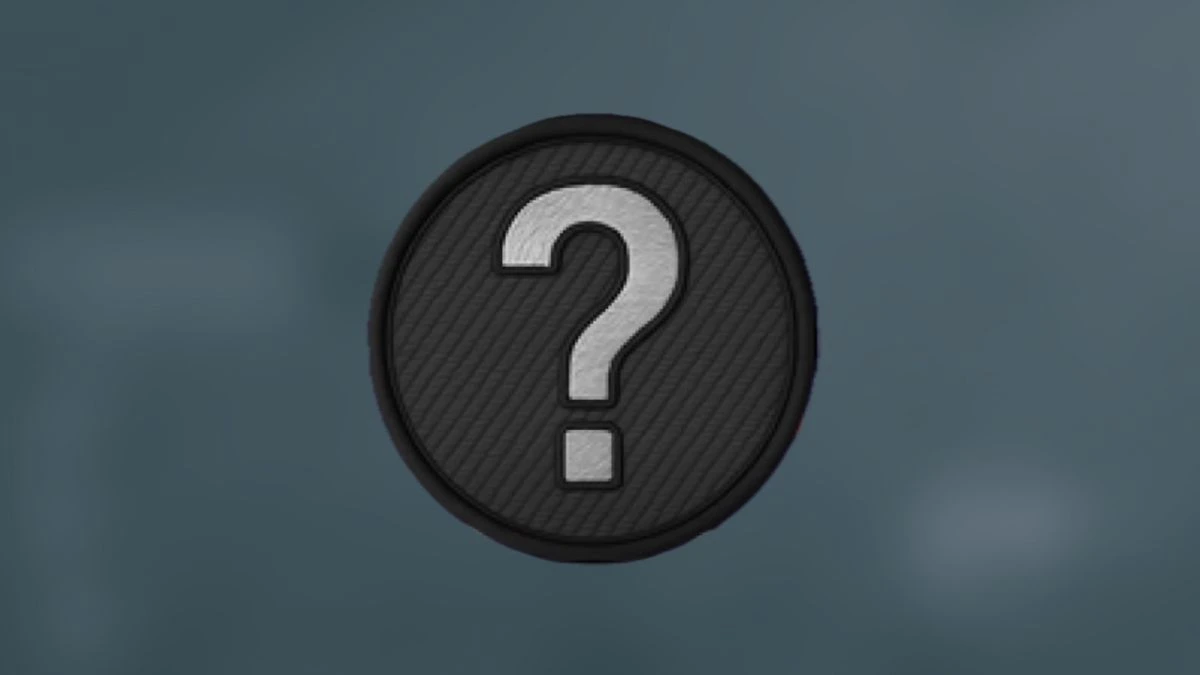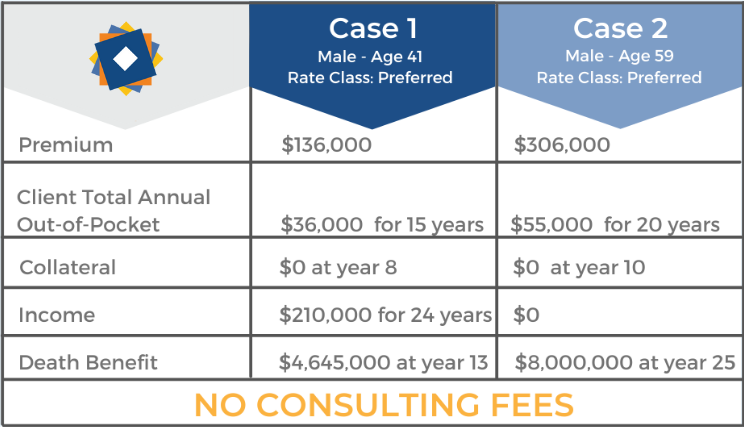Essential Degrees and Steps to Launch Your Fashion Design Career
Understanding the Educational Pathways for Fashion Designers
Fashion design is a dynamic, competitive field where both creativity and technical proficiency are essential. If you’re considering a career as a fashion designer, understanding the degree requirements and industry expectations is crucial for planning your educational journey and maximizing your professional opportunities.
Do You Need a Degree to Become a Fashion Designer?
While innate talent and creativity are highly valued, most established fashion designers possess formal education in the field. According to industry research, a Bachelor’s degree in fashion design or a related discipline is typically required by employers for entry-level positions [2] . This degree provides comprehensive training in design principles, textiles, pattern-making, and business fundamentals, preparing graduates for a wide range of roles in the fashion industry [3] .
However, alternative routes exist. Exceptionally talented individuals with an Associate’s degree or equivalent credentials may find entry-level opportunities, especially if they demonstrate strong portfolios and practical experience [1] . Some designers also start with certificate programs or internships and then build their skills on the job.
Types of Degrees and Training Programs
There are several degree options for aspiring fashion designers, each with its own advantages and career implications:
- Associate’s Degree (AAS) : Typically requires two years of study. This program covers foundational skills such as sketching, pattern-making, sewing techniques, and computer-aided design. Many students use this as a stepping stone to a Bachelor’s degree or to qualify for technical or assistant roles in the industry [5] .
- Bachelor’s Degree (BFA or BA) : A four-year program that delves deeper into design theory, fashion history, business and marketing, textiles, and advanced technical skills. The Bachelor’s degree is the industry norm for design positions and is offered by renowned institutions such as the Fashion Institute of Technology (FIT) and Otis College of Art and Design [3] .
- Master’s Degree (MFA or MPS) : Not required for most design roles, but valuable for those seeking advanced expertise, specialization, or leadership opportunities. Graduate programs often offer internship placements and focus on research, innovation, or business management in fashion [1] .
- Certificate Programs : Short-term courses (usually up to one year) covering specific skills such as digital design, pattern-making, or fashion marketing. These are suitable for career changers or those seeking to supplement existing qualifications.
Key Coursework and Skills Developed
Fashion design degree programs typically include coursework in:
- Design principles, color theory, and sketching
- Textiles, fabric science, and garment construction
- Pattern-making, draping, and tailoring
- Computer-aided design (CAD) and digital illustration
- Fashion history, art history, and contemporary trends
- Business, marketing, and brand development
Technical proficiency is increasingly important, as designers use specialized software to create prototypes, visualize designs, and streamline production. Many programs also incorporate business courses to help graduates navigate the commercial aspects of the industry [2] .
Building Experience: Internships and Portfolios
A degree alone does not guarantee career success. Aspiring designers are encouraged to participate in internships with fashion houses, manufacturers, or independent designers to gain hands-on experience and industry contacts. Most reputable schools integrate internship opportunities into their curriculum, and some may offer placement assistance through industry partnerships [5] .
Creating a portfolio is essential. This collection of sketches, finished garments, and design projects showcases your technical skills and creative vision. Many job applications and design school admissions require a portfolio review.

Source: pinterest.com
Alternative Pathways and Industry Realities
While formal education is highly valued, the fashion industry does recognize exceptional talent and practical experience. Some designers begin their careers as stylists, buyers, or fashion assistants before transitioning into design roles. Others leverage online courses, workshops, and self-directed learning to build their skills, especially in emerging areas like digital fashion or sustainable design [1] .
Networking is critical. Joining professional associations, attending fashion events, and participating in design competitions can accelerate career growth and open doors to new opportunities.
Step-by-Step Guidance: Getting Started in Fashion Design
Follow these steps to begin your journey:
- Research Programs : Explore accredited fashion design programs at colleges and universities. Consider factors such as curriculum, faculty expertise, internship opportunities, and alumni success.
- Prepare Your Application : Most programs require a high school diploma (or equivalent), a portfolio of your work, and sometimes standardized test scores. Take art, sewing, and computer-aided design courses in high school for better preparation [2] .
- Apply for Financial Aid : Seek scholarships, grants, or federal student aid. Visit the U.S. Department of Education’s official website and search for financial aid options for art and design programs.
- Enroll and Build Skills : Once admitted, focus on mastering both creative and technical skills. Take advantage of internship placements and networking events organized by your program.
- Develop Your Portfolio : Document every project, from sketches to finished garments. Curate your best work for job applications and industry competitions.
- Seek Experience : Pursue internships, freelance opportunities, or entry-level jobs in fashion retail, styling, or production. Practical experience is invaluable and often leads to full-time positions.
- Continue Learning : Stay current with industry trends, technology, and sustainability practices. Consider advanced degrees or certifications if you want to specialize or move into leadership roles.
Challenges and Solutions
The path to becoming a fashion designer is competitive and demanding. Challenges may include high tuition costs, limited entry-level positions, and evolving technology requirements. Solutions include seeking scholarships, building a strong professional network, and embracing lifelong learning through workshops and online courses. Many designers also start with freelance or contract work before establishing themselves in full-time roles.
Practical Application and Career Outlook
A degree in fashion design opens doors to various careers, including designer, stylist, buyer, merchandiser, and production manager. According to recent industry data, most fashion designers work for apparel manufacturers, wholesalers, or design firms. Some launch their own labels or work as independent consultants. The U.S. Bureau of Labor Statistics projects steady demand for fashion designers with strong digital skills and business acumen.

Source: fashionistavogue.com
To maximize your opportunities, stay proactive about building your portfolio, gaining experience, and expanding your industry contacts. Explore reputable organizations, such as the American Apparel & Footwear Association, for a list of endorsed programs and resources for aspiring designers. You can visit their official website at AAFA Endorsed Schools and Universities for more information about accredited fashion programs.
Alternative Careers and Continuing Education
If you are passionate about fashion but prefer roles outside of direct design, degrees in fashion merchandising, business, or textile development can also lead to rewarding careers. Many designers choose to supplement their education with online courses in marketing, branding, or entrepreneurship to enhance their career prospects.
For those interested in advanced study or research, master’s programs offer specialized training and leadership development, preparing graduates for executive roles or academic careers within the fashion industry.
Key Takeaways
- The most common degree for fashion designers is a bachelor’s in fashion design, but associate’s degrees and certificates offer alternative entry points.
- Internships, portfolio development, and networking are essential complements to formal education.
- Technical proficiency, creativity, and business acumen are critical for success.
- Numerous accredited programs and industry organizations provide resources and guidance for aspiring designers.
- Challenges such as cost and competition can be overcome with scholarships, work experience, and ongoing learning.



